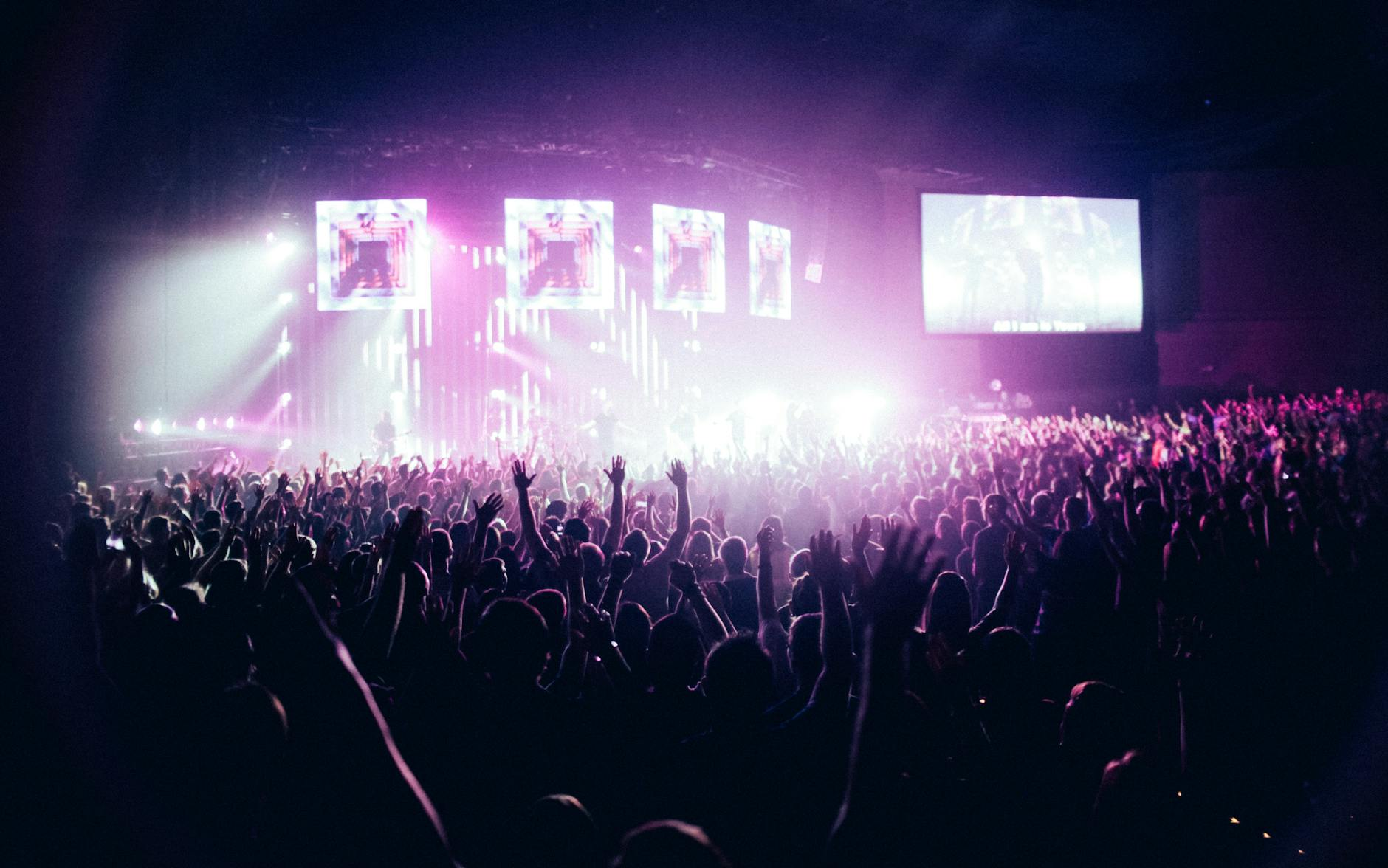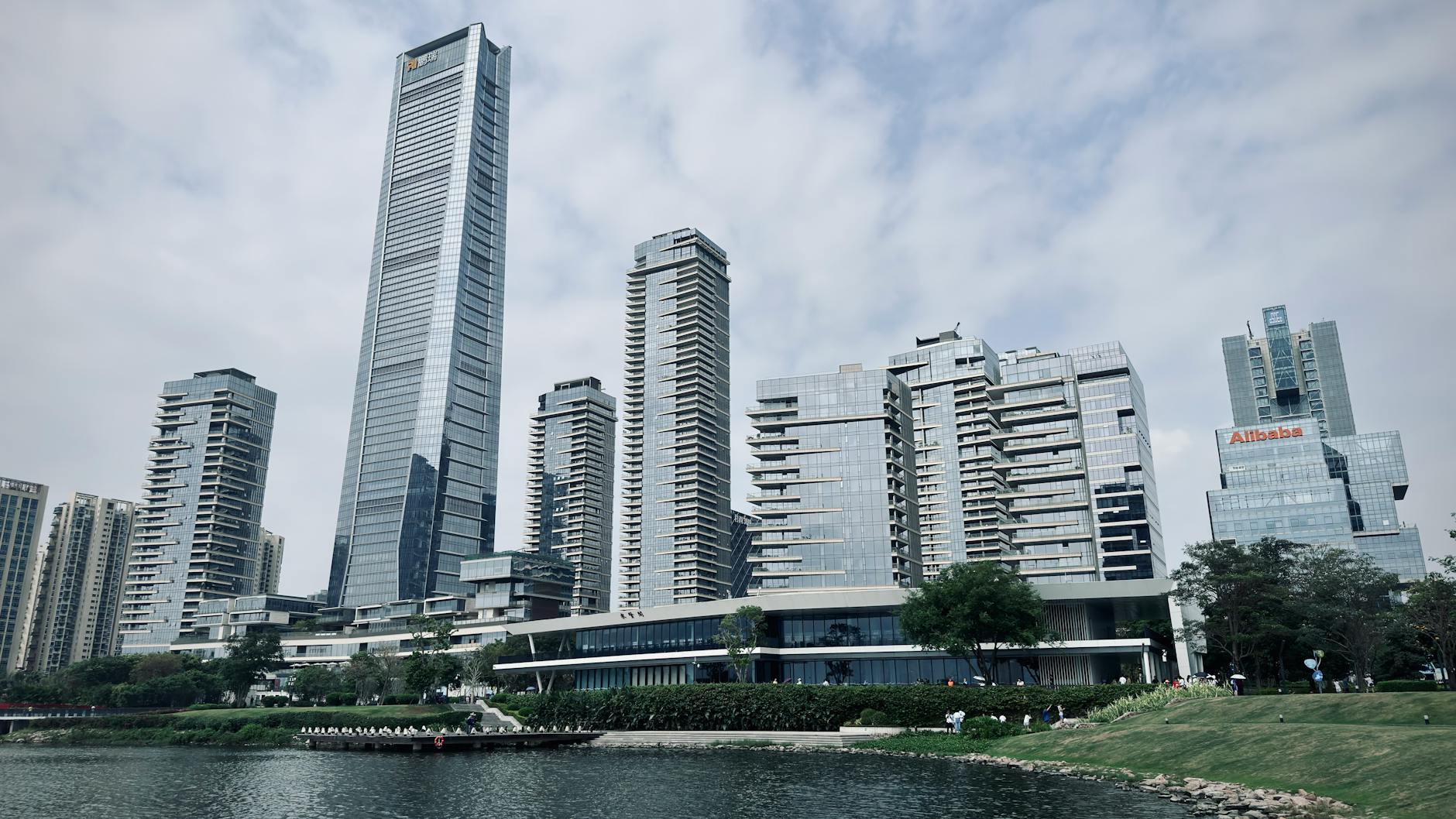Estimated reading time: 4 minutes
An Economic Boom with Hidden Costs
The modern music industry has shifted to a “Concert Economy,” where live events are powerful economic engines for cities. This report explores the multi-billion dollar financial boom, the unequal distribution of its benefits, and the significant social and environmental challenges it creates.
The Scale of the Impact
Major tours now generate economic activity rivaling global sporting events. The chart below shows the estimated total economic impact of several major tours and festivals.
Key Tour Impacts
Taylor Swift’s Eras Tour: Generated an estimated economic impact exceeding $10 billion. The average attendee spent over $1,300 on tickets, travel, and merchandise, and the tour created thousands of temporary jobs.
Beyoncé’s Renaissance Tour: Produced an estimated $4.5 billion in economic impact, with a significant boost to mid-sized cities.
Lollapalooza (Chicago): Generated $434 million for the local economy in 2023 and has sustained over 25,000 jobs since 2010.
The Stakeholder Lens: Who Really Benefits?
The concert economy affects many groups differently. Here is a balanced view of the primary benefits and key challenges for some of the main stakeholders.
🎤 Superstar Artists
✅ Primary Benefits
Primary beneficiaries through massive revenue from ticket sales (65-75%), merchandise, and global brand-building.
⚠️ Key Challenges
Heavy environmental footprint from travel and the pressures of a demanding market.
🏙️ Host Cities
✅ Primary Benefits
Major economic boosts from tourism, consumer spending, and increased tax revenue. Enhances the city’s cultural profile.
⚠️ Key Challenges
Significant strain on public infrastructure (transport, utilities) and potential for local gentrification.
👥 Fans / Consumers
✅ Primary Benefits
The core value of a shared communal experience and social connection. Access to see a wide range of beloved artists live.
⚠️ Key Challenges
Face high ticket prices, inflated travel and accommodation costs, and an overly commercialized experience.
The Future of Live Music
The industry is evolving, driven by technology and a growing demand for sustainability. The future points to a hybrid model that is more accessible, personalized, and environmentally conscious.
🌱 Sustainability & Innovation
- Clean Energy: Battery Energy Storage Systems (BESS) are replacing diesel generators, reducing emissions and noise pollution.
- Kinetic Energy: Dance floors that convert the crowd’s energy into electricity are being tested and implemented.
💻 Technology & Accessibility
- Virtual/Hybrid Events: VR and AR offer immersive experiences to global audiences, creating new revenue streams.
- AI Personalization: Artificial intelligence analyzes data to personalize marketing and enhance the fan experience.










